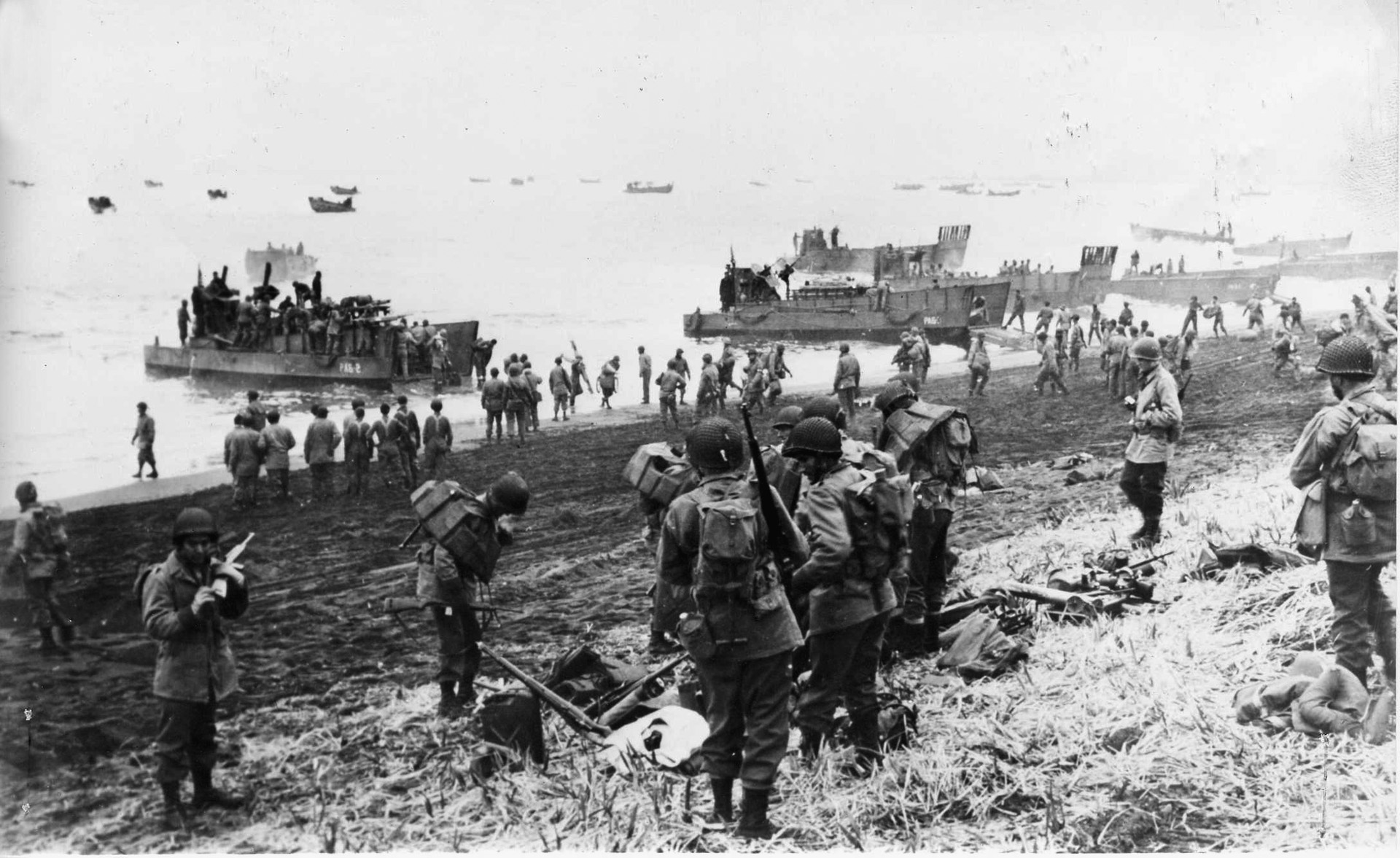There are few people in America today who aren’t at least aware of the sinking of the RMS Titanic in the early hours of 15 April 1912. Whether from the Titanic’s position in the public consciousness as one of the greatest civilian maritime disasters, or from being irrationally angry that Rose wouldn’t just scoot over on the damn door so that Jack could live too (a myth that James Cameron finally tested so that people would get off his back about it).
And yet… Today the cruise liner industry is a booming business. A dozen cruise lines from Carnaval to Disney operate all over the world, and rarely is there a casualty outside of the buffet line. People are still lining up to take vacations, honeymoons, and travel adventures on these massive ships which are, on average, over double the Titanic’s size in tonnage alone. So from where do they get the confidence?
Let’s take a look at what would happen to a modern vessel if it were to be struck in a similar fashion, and how it would fare in comparison.
First, a technical note. The RMS Titanic was not a cruise ship, it was an ocean liner. Its purpose was to transport personnel and mail across the Atlantic. Because White Star Lines, the ship’s owner, chose to focus more on the luxury of the accommodations, the comparison is often made, but is incorrect.
For our modern vessel, which in this example will be named the RMS Unfortunate, we will consider the average cruise ship. At 46,328 gross tons, the Titanic had 8 decks with a passenger capacity around 2450, and a crew of 900. The Unfortunate boasts a tonnage of 113,524, 13 decks, 3075 passengers, with 1200 crew. The vessels run at 22 and 29 Knots respectively, which is around 25.3 and 33.3 miles per hour. The RMS Unfortunate stands 92 feet taller than the Titanic’s 104 total feet.
In addition to the size of the vessel, there is also the SOLAS to consider. After the sinking of the Titanic, the international community came together to enact the Safety of Life at Sea convention, which dictates many facets of modern maritime safety, to include provisions requiring that all ships carry enough lifeboats and equipment for all passengers, which was not made available on the RMS Titanic.
Now that we’ve got the specs out of the way, let's get to the dramatic part.
14 April 2023, 23:40, Northern Atlantic Ocean
The RMS Unfortunate has been running steady at 28 knots. Not her top speed, sure, but she’s a big ship and she’s new, so the Captain doesn’t want to scratch the paint. The temperature in the ocean is a brisk 28 degrees.
Despite the temperature, there is no crewman on a crow’s nest to visually check for icebergs. Instead, the International Ice Patrol, headed by the US Coast Guard, has HC-130 aircraft constantly scanning the colder regions of the north Atlantic with sonar and radar technologies. They are aided in their work by the Canadian Ice Service, who uses all weather radar and visual inspections to clear travel lanes for safe transportation.
Ships passing through dangerous waters also use visual inspection and radar to update the system monitoring icebergs and other hazards. This information is fed into computer modeling software that monitors and predicts drift pathways.
Senior Chief Marine Science Technician John Luzader stated “Since we’ve taken over Ice Patrol, nobody who’s heeded our warnings has struck an iceberg.” And for over a century, he’s been right. IIP even attempted to clear the routes at one point, resorting to bombing campaigns, heavy gunfire, torpedoes, and explosives to destroy icebergs before admitting that it was a lost cause.
Still, some craft do still succumb to the same fate, such as the Danish Hans Hedtoft in 1959 which claimed all 95 souls on it’s maiden voyage, or the cruise ship Explorer in 2007 whose hull was breached but all personnel were recovered.
The ice threat has been diminished by modern surveillance. “While you can still run into it, it’s going to be a lot harder to do that,” says Lt. Garrett Meyer, Chief of Incident Management, Boston section, US Coast Guard. “You see things a lot better than what things were like 100 years ago.”
Search and Rescue
Rescue is far more available than it was in the 1910’s as well. In the Titanic era, rescue was a crapshoot; even nearby vessels may not have had their radios manned. In 2023, there are several options available. Since 1958, the Automated Mutual Assistance Vessel Rescue (AMVER) program helps assist in the locating and rescue of damaged vessels. In addition, there are HH-60 Jayhawks, which are “essentially a search and rescue version of the Army’s Blackhawk helicopter.”
In addition, modern crew training practices, along with safety standards and ship construction show a positive outcome for the RMS Unfortunate. According to the US Coast Guard, the Canadian Ice Service, and several experts in modern ship design and safety protocols, the tragedy of the RMS Titanic “isn’t impossible, but is incredibly unlikely for any vessel with a radio and a trained captain.”
In the end, it would be interesting to hit the RMS Unfortunate with an iceberg, but the odds are astronomically small. I for one take great comfort in this knowledge, because I always hoped a death at sea would be due to pirates or sea monsters, rather than preventable run ins with avoidable hunks of ice.
Titanic tragedy: overview of the specifics
After striking an iceberg in the Atlantic, the ill-fated vessel began taking on water at a rapid rate. Six of her sixteen compartments were flooded, while she was only rated to withstand four. As the ship sank, the balance of the water filled section was so off center that the ship went down nose first, lifting the aft section almost vertically out of the water. The tremendous strain caused the ship to buckle and break amidships, shearing off into two sections. Finally, sucking ocean and people behind her, she sank below the surface to lie on the ocean floor. Authorities estimate over 1500 souls were lost in this tragedy.



%201.svg)









